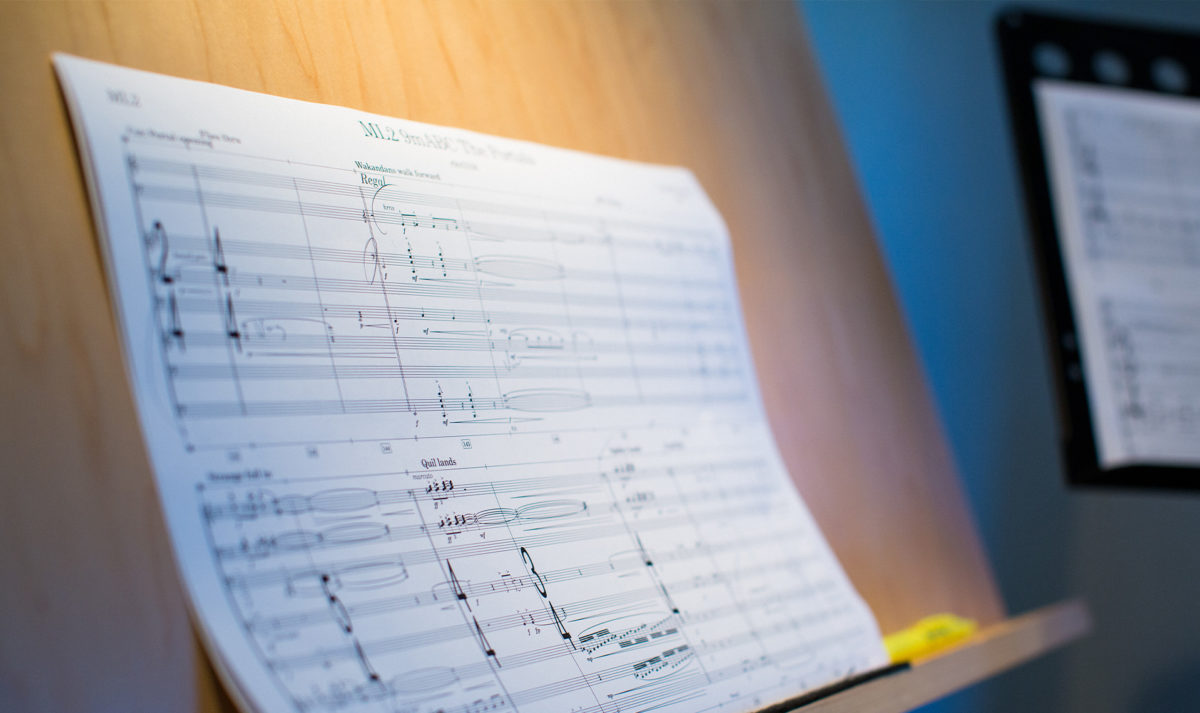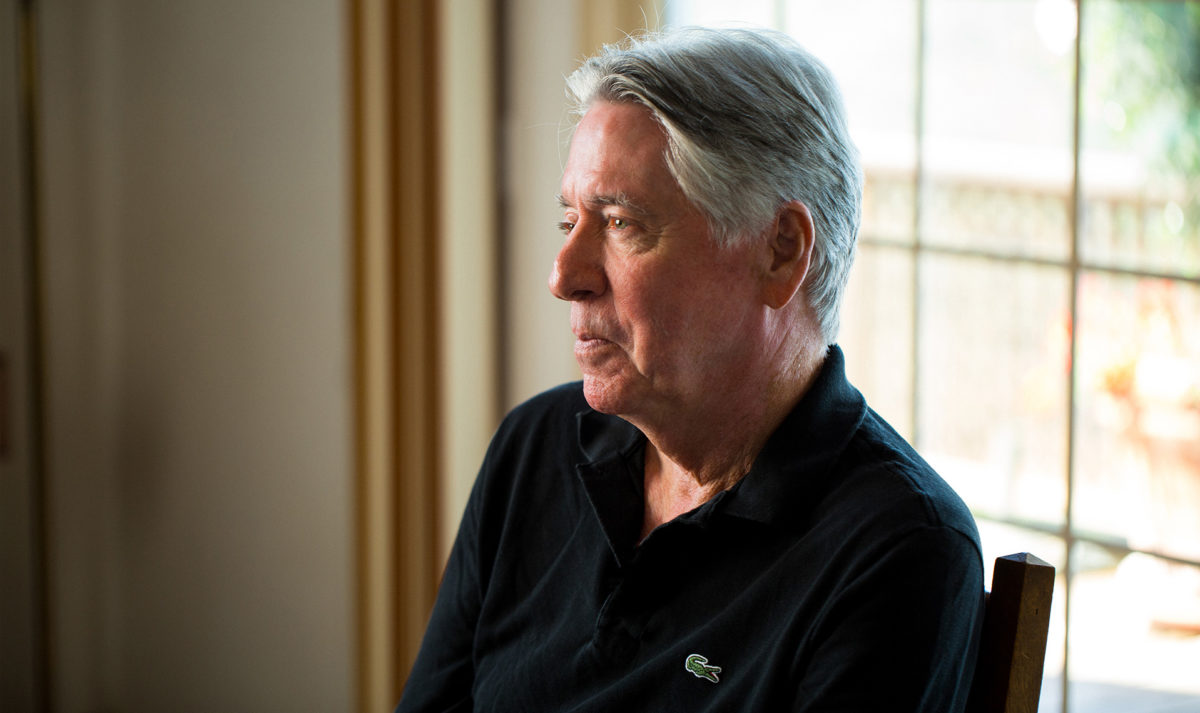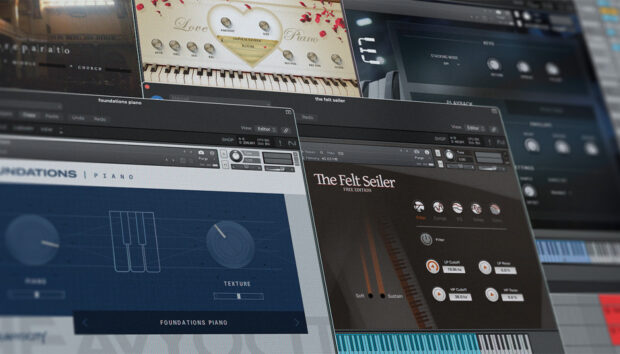“When I see a piece of film, I have an idea. You internalize it. You see it, and it affects you in some way, and then something comes out. For me, it’s music that comes out. It’s conversational for me. The movie says something, it always goes first, and then I say something back.”
Watch the video above for a cinematic retrospective full of tips, tricks, and personal anecdotes from a living Hollywood legend.

In 1972, Silvestri launched his composing career with a low-budget action film called The Doberman Gang. At just 21 years old, the driven young composer’s work led to five years of scoring the American crime drama CHiPS before legendary director Robert Zemeckis tapped him to score the action-packed rom-com, Romancing The Stone.
The rest, as they say, is history. From that point on, Zemeckis entrusted Silvestri with scoring all of his films – a move that yielded compositional classics like the Back to the Future trilogy, Forrest Gump and Contact soundtracks. Over the last decade, Silvestri has turned his talents to the science documentary series Cosmos: A Spacetime Odyssey and the Marvel Cinematic Universe, where he’s left his sonic signature on four of the Avengers films. The result? A jaw-dropping nine GRAMMY nominations, two academy award nominations, two Golden Globe nominations, and two Emmy wins.

Silvestri came up in the glory days of scoring. At that time, composers on the biggest film projects had full 75-piece orchestras at their disposal, day in and out. But by the late 70s, the idea of a more studio-bound workflow had started to emerge, “which led to an explosion of investigation with sound.” The developing technology created a hybridized style of composing that mixed electronic material with live acoustic orchestras.
“When we go to the recording stage, I could have 35 tracks of electronic material that we bounce to acoustic files. I do a two track mix that sits live on Pro Tools as we record, and we’re hearing that with the orchestra.” For Silvestri, this technology is as innovative as it is practical: “Very often there will be drastic edits to the picture even after we record, and I’m able to go back, take the most recent cut of the picture, reconform everything in the box, and it’s still in MIDI. Then we do a final acoustic offload of all of those tracks, and that’s what goes to our music editor, that’s what goes to the stage.”

These days, Silvestri’s work incorporates a kaleidoscopic fusion of live orchestral performance and electronic instruments, ensembles, and hits. He’s particularly fond of the aggressive electro-acoustic percussion of DAMAGE, and the effects-heavy rhythmic patterns of KONTAKT – but in a world of such rapidly shifting technology, it can be tempting to jump ship each time an exciting new product comes to market. So why’s he still using Native Instruments after all these years? “I don’t have a lot of time in my job to make mistakes. I’ve been involved with computers and sound for probably 50 years, and I’ve lived through something that used to be a rather common occurrence: a company would come up with a great idea, but the next month the computer world would upgrade their operating system and it wouldn’t work. I’ve never had that happen with NI. It’s always been rock solid and dependable. I have darn near everything from the KONTAKT player, because it’s all great smart stuff, and it’s dependable, and it works.”















